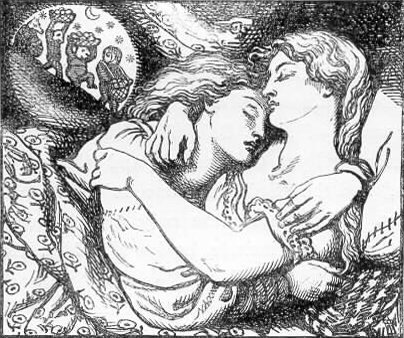 According to CNNMoney–which is actually quoting Spirit Halloween, the country’s largest seasonal Halloween retailer–Charlie Sheen is the most popular choice for a costume this season. Spirit President and CEO Steven Silverstein cited Katy Perry, Lady Gaga, and Snooki (or any member of the gang from the “Jersey Shore” cast) as top choices for women. For kids? The mobile phone app Angry Birds.
According to CNNMoney–which is actually quoting Spirit Halloween, the country’s largest seasonal Halloween retailer–Charlie Sheen is the most popular choice for a costume this season. Spirit President and CEO Steven Silverstein cited Katy Perry, Lady Gaga, and Snooki (or any member of the gang from the “Jersey Shore” cast) as top choices for women. For kids? The mobile phone app Angry Birds.
But the National Retail Federation begs to disagree. They say zombies are hot for Halloween and “traditional costumes” still rank as consumer favorites. Witches (13.4%) will be the top choice for adults while pirates (3.9%) and vampires (3.7%) Batman (2.2%), cats (2.2%) and vixens (2.1%) will also be popular with adults this year. For the kids, princesses (11%) continue their seven-year reign as the top children’s costume while other top choices for kids include Spiderman (3.1%), Batman (2.4%) and Superman (1.3%). Additionally, fairies (2.6%), Disney princesses (2.2%) and vampires (2.4%) made the top 10 for children. The most popular pet costume will be a pumpkin (10.7%), with devils (8.1%) and hot dogs (6.0%) following closely behind. Some pet owners also plan to dress their pet up like a cat (3.7%) or a dog (2.0%). (Personally, my cats will be cleverly disguised as cats.)
Also, according to NRF’s 2011 Halloween Consumer Intentions and Actions Survey conducted by BIGresearch, seven in 10 Americans (68.6%) plan to celebrate Halloween, up from 63.8 percent last year and the most in theor survey’s nine-year survey history. The average person will spend $72.31 on decorations, costumes and candy, up from $66.28 last year. Total Halloween spending is expected to reach $6.86 billion. More people plan to dress in costume (43.9% vs. 40.1% in 2010), throw or attend a party (34.3% vs. 33.3% last year) and visit a haunted house (22.9% vs. 20.8%) than in 2010. Additionally, 49.5% will decorate their home/yard and 14.7 percent will dress their pets in costume. Other traditional celebratory activities include handing out candy (73.5%), carving a pumpkin (47.8%) and taking children trick-or-treating (32.9%).
But if you want to invest your Halloween dollars wisely, we recommend a nice fat anthology! Preferably one of ours:Halloween,Creatures, Year’s Best Dark Fantasy & Horror, Beware the Night, Vampires: The Recent Undead, Zombies: The Recent Dead, and Running With the Pack would be much more entertaining than dressing up as Charlie Sheen.



